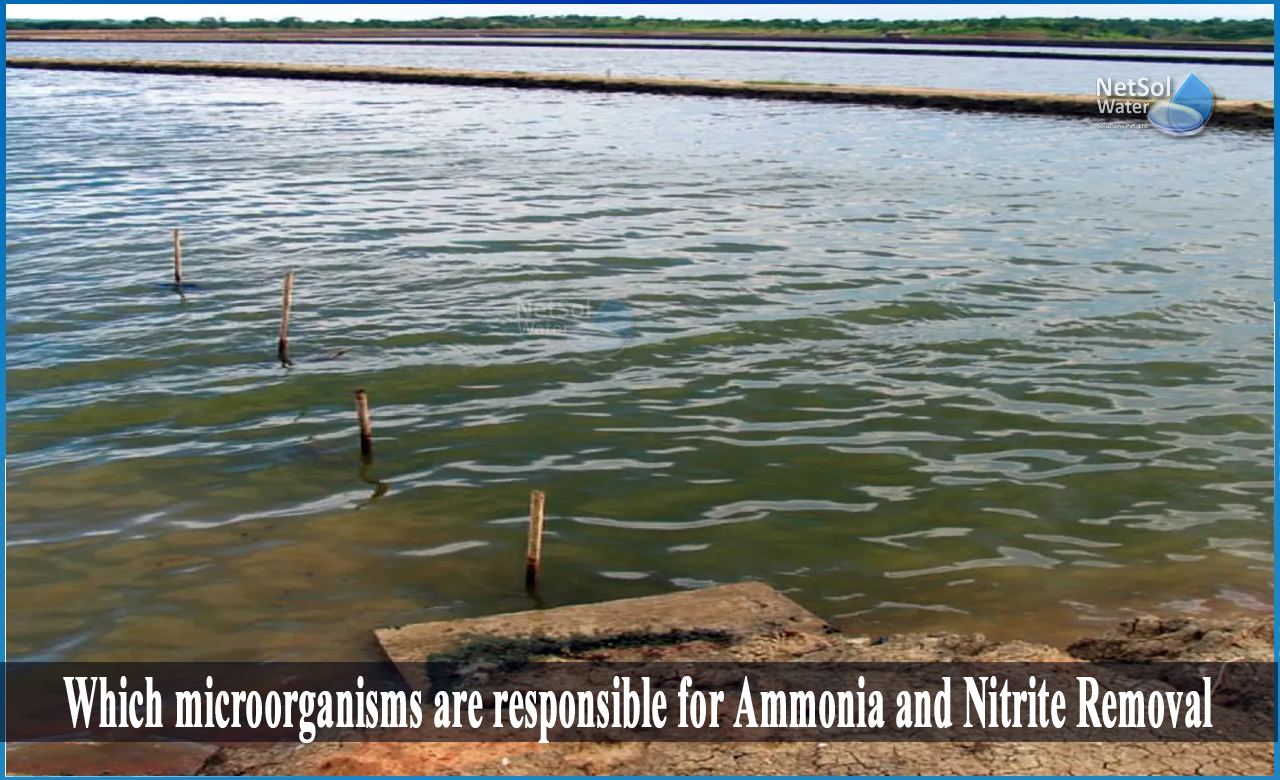Which microorganisms are responsible for Ammonia and Nitrite Removal?
Most wastewater streams include ammonia. Urea hydrolysis and the breakdown of organic nitrogen molecules produce ammonium ions in municipal plants. Protein-rich wastewaters in food processing wastewater plants have significant levels of ammonium ions. The hydrolysis of amines used to prevent corrosion in crude causes ammonium ions in refinery wastewater.
Nitrification, or the removal of ammonia, is critical in wastewater treatment plants. You risk non-compliance and ammonia-related permit penalties if you don't treat ammonia in your wastewater treatment plants.
The process of nitrification is delicate!
The biological elimination of ammonia is a two-step process utilizing aerobic nitrifying microorganisms.
Ammonia-oxidizing bacteria (AOB) convert ammonium ions NH4+ to nitrite NO2- in the first stage.
Nitrite-oxidizing bacteria (NOB) oxidize nitrite to nitrate NO3- in the second phase. These nitrifying bacteria, on the other hand, develop very slowly.
Environmental conditions, toxicity, solids washout, and load variation can all cause nitrification to be disrupted in your plant. It can also take longer to recover from disruptions than other wastewater treatment processes.Nitrosomonas (ammonia oxidising bacteria) and Nitrobacter (nitrite oxidising bacteria)are commonly mentioned when discussing ammonia and nitrite treatment in wastewater.
The most frequent nitrifier "types" are listed below:
1: Nitrosomonas is the type of organism for ammonia oxidising bacteria (AOB). This group produces nitrite from ammonia.
2: Archaea are a distinct kingdom than bacteria and are most commonly found as methanogens in anaerobic digesters. AOA that use NH4+ rather than NH3 for ammonia oxidation becomes increasingly relevant in settings with lower pH and higher ammonium.
3: Complete Ammonia Oxidation (COMAMMOX) –These can convert ammonia to nitrite in addition to nitrite oxidation. The COMAMMOX bacteria are the Nitrospira, and they appear to be highly abundant in wastewater treatment.
4: Nitrobacter is the most commonly referred bacterium among Nitrite Oxidizing Bacteria (NOB). Nitrospira is the principal NOB outside of the nitrifier reactor.
5: Heterotrophic nitrification bacteria have the ability to obtain energy from ammonia oxidation, such as Pseudomonas, Paracoccus, and Alcaligines.
6: Anaerobic Ammonia Oxidation (ANAMMOX) is a unique metabolic mechanism in which organisms directly convert nitrite and ammonia to nitrogen gas. This saves energy by avoiding the oxidation of nitrite to nitrate while also completing denitrification. Because ANAMMOX cultures develop slowly, substantial research is being done to improve wastewater treatment systems to take advantage of this metabolic pathway. So far, several of the ANAMMOX cultures appear to belong to the Planctomycete phylum.
The following checklist comes from operating wastewater treatment plants that achieve ammonia and nitrite oxidation, regardless of which organisms are removing ammonia and nitrite.
-Prior to attempting nitrification in the field, 70-80 percent organic reduction should have happened. COD values in effluent should typically be 100-150 mg/L, whereas BOD should be less than 40 mg/L.
-Because the biomass contains 93-97 percent heterotrophs and 3-7 percent chemoautotrophs, the majority of organics must be destroyed. As a result, if there is a lot of carbon in the environment, heterotrophic organisms will outcompete slower-growing autotrophic nitrifying bacteria for vital nutrients.
-Dissolved Oxygen (DO) is vitally important. Although critical DO is 0.2 mg/L, field DO should never drop below 0.5 mg/L. Optimal range is always greater than 2.0 mg/L for no inhibition.
Netsol Water provides a complete variety of standard and fully configurable wastewater treatment systems, as well as their comprehensive maintenance. Choosing a trained, accredited, and experienced wastewater system specialist will considerably boost your chances of long-term satisfaction with your overall system.
We are also delighted to assist you in the diagnosis and treatment of wastewater. We have qualified technicians on hand to provide a wide range of professional repair and modification services. Each system is custom-built as per the needs of our client’s. To begin the conversation, please contact us at +919650608473 or send an email to enquiry@netsolwater.com for further information or product purchase related query.



